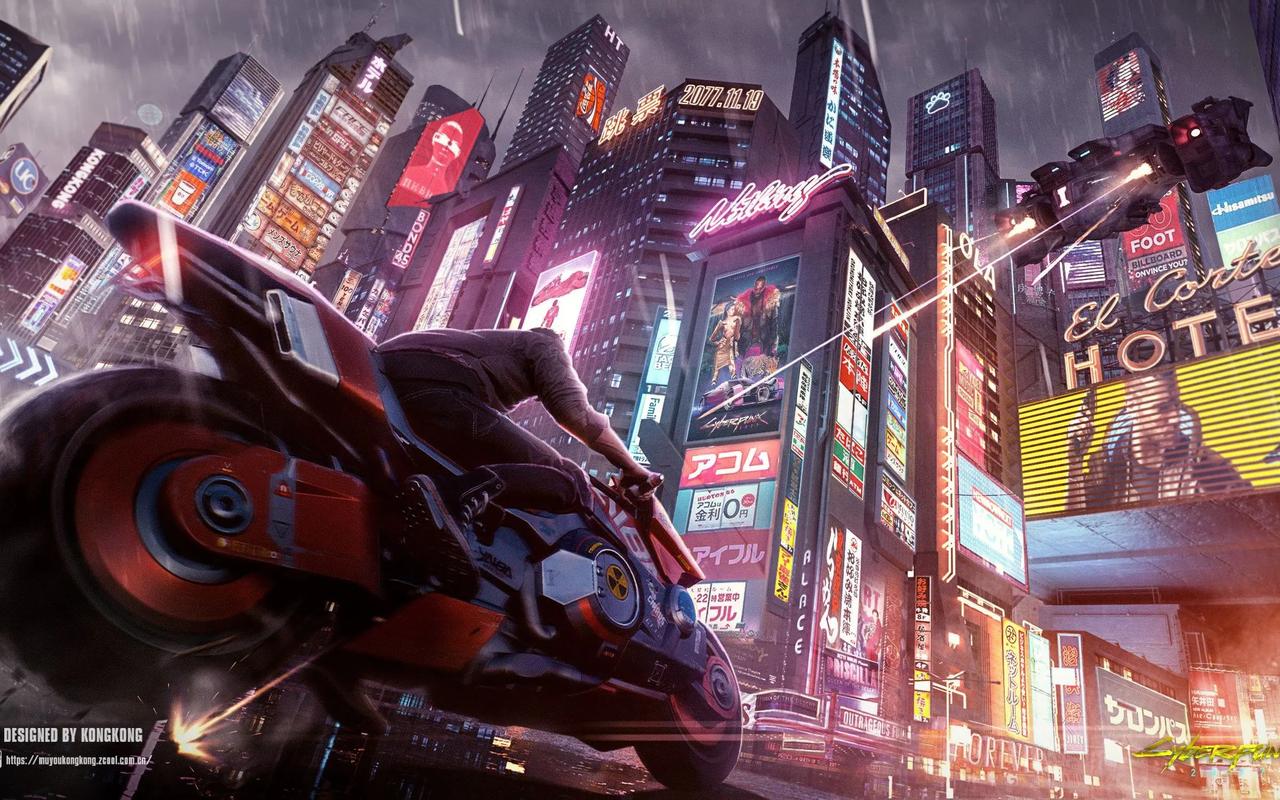Sonic Frontiers Score: Open Zone Experiment
The release of Sonic Frontiers in 2022 represented more than just a new chapter for the iconic blue hedgehog; it was a paradigm shift for the entire franchise. Moving from the tightly scripted, linear corridors of past games into the vast, mysterious landscapes of the Starfall Islands, the game demanded a new audio language. This transition birthed one of the most innovative and experimental video game scores in recent memory—a sonic experiment as bold as the "Open Zone" gameplay it accompanies. The score for Sonic Frontiers is not merely background music; it is an integral, dynamic system that mirrors the game’s core themes of isolation, discovery, and cathartic speed.
The mastermind behind this auditory revolution is longtime series composer Tomoya Ohtani. Faced with the challenge of scoring non-linear exploration, Ohtani and his team moved away from the traditional concept of level-based tracks. Instead, they architected a multi-tiered audio system where the music dynamically responds to the player’s actions and environment. This system is built on two primary pillars: the ambient "Exploration Tracks" and the high-octane "Cyberspace Tracks," with the iconic boss battle themes acting as a spectacular crescendo.
The Exploration Tracks form the soul of the Open Zone. As Sonic traverses the desolate, beautiful landscapes of Kronos Island and its successors, the music is a haunting, minimalist companion. Tracks like "Starfall Islands" and "The Labyrinth" are built on delicate piano melodies, ethereal synth pads, and subtle, pulsing electronic rhythms. They evoke a profound sense of loneliness and wonder, perfectly capturing the feeling of being a small, swift hero in an ancient, unknowable world. The genius lies in their interactivity. The music is often sparse and atmospheric when Sonic is simply running or climbing, but it seamlessly layers in melodic elements—a hopeful violin line, a more defined rhythmic beat—as the player engages with puzzles, discovers secrets, or approaches points of interest. This isn't a simple loop; it's an adaptive soundscape that breathes with the player, making the act of exploration itself feel musically composed.
This serene atmosphere is violently and joyfully shattered the moment Sonic enters one of the game’s portal-based Cyberspace levels. Here, Ohtani pays direct and glorious homage to Sonic’s past. The Cyberspace tracks are adrenaline-fueled, high-tempo electronic rock anthems that wouldn't feel out of place in Sonic Forces or Sonic Colors. Tracks like "Flowing" and "I'm Here" (Revisited) are masterclasses in speed and rhythm, designed explicitly to fuel the player’s run for a perfect time and an "S" rank. This stark auditory shift is intentional. It creates a powerful dialectic: the contemplative, mysterious Open Zone versus the pure, nostalgic, kinetic thrill of classic Sonic gameplay. The Cyberspace music acts as a reward, a familiar jolt of energy that contrasts with and enhances the new experimental tone of the overworld.
However, the true pinnacle of the Frontiers score, and the element that has garnered the most fervent discussion, is its approach to boss battles. The battles against the colossal Titans are not just gameplay set-pieces; they are musical operas. Ohtani employs a revolutionary "multi-layered" technique for these themes, most famously in the track "Undefeatable" for the battle against Giganto.

The track begins as a intense but standard hard rock piece. Yet, as the battle progresses through its phases, the music evolves. When Sonic powers up to his Super form, the track undergoes a breathtaking metamorphosis. The distorted guitars and pounding drums are suddenly joined by a powerful, clean vocal line—the soaring voice of Kellin Quinn from Sleeping With Sirens. This isn't a simple switch to a new track; the instrumental base remains consistent, but the addition of vocals feels like the music itself achieving a new level of power. This layered approach is repeated in subsequent Titan themes like "Break Through It All" and "Find Your Flame," each featuring vocal performances by Tyler Smyth of Dangerkids and Johnny Gioeli of Crush 40 fame, respectively.
The effect is transcendent. It synchronizes the player's emotional state perfectly with the on-screen action. The struggle of the initial phase is mirrored in the instrumental struggle; the moment of transformation and empowerment is directly underscored by the explosive entry of the vocals. It creates an unforgettable fusion of gameplay and music that is both technically impressive and emotionally resonant. These themes have become instant classics, celebrated for their ability to make the player feel an unparalleled sense of heroic triumph.
In conclusion, the score for Sonic Frontiers is a landmark achievement in video game audio design. It successfully tackles the immense challenge of open-world scoring by rejecting static loops in favor of a dynamic, reactive system. It masterfully uses musical contrast to define different gameplay modes, and it pioneers a layered compositional technique for boss battles that has set a new standard for the industry. More than anything, Tomoya Ohtani’s score understands the essence of Sonic. It captures the solitude between the bursts of speed, the mystery behind the green hills, and the unyielding spirit of a hero who runs toward the next challenge. The Open Zone was a game design experiment, and its score is the perfect, groundbreaking symphony that makes that experiment truly come alive.















